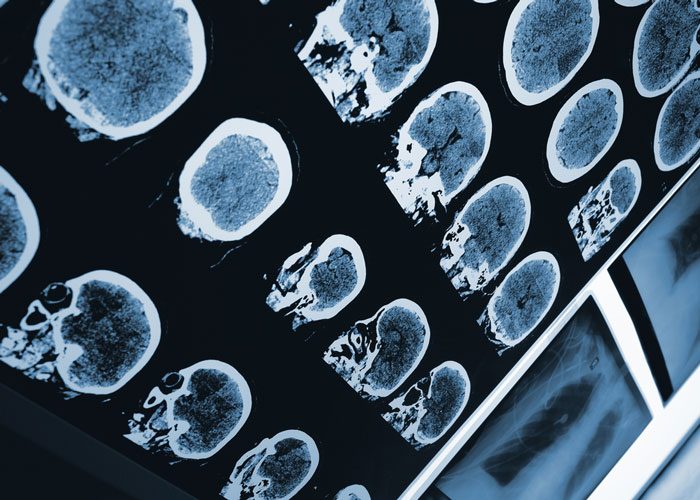Non-invasive tool helps detect Alzheimer’s in its early stages
Posted: 29 January 2019 | Dr Zara Kassam (Drug Target Review) | No comments yet
Researchers have created a tool that would help detect Alzheimer’s disease in its most incipient stages…


The method for diagnosing Alzheimer’s disease continues to be mostly clinical, which means it can’t be detected until the appearance of the first symptoms, or even later when the neuropathological damage is already severe. Thus, the search for new biomarkers that enable early detection of the disease in a non-invasive way becomes necessary.
ALTEA takes on this challenge, a new tool created by researchers of Valencia’s Polytechnic University (UPV), belonging to the Centre of Biomaterials and Tissue Engineering (CBIT), in collaboration with Dr Enrique Mollá, radiologist of the Hospital de La Ribera.
The tool, which is currently in a beta stage for research, would help detect Alzheimer’s disease in its most incipient stages. ALTEA makes it possible to visualise and segment magnetic resonance images, and based on these images, to extract and analyse different parameters linked to cerebral textures, transformed into biomarkers for Alzheimer’s disease (biomarkers are biological indicators that can be measured, and whose presence and intensity can be linked to the development of a disease).
Drug Target Review has just announced the launch of its NEW and EXCLUSIVE report examining the evolution of AI and informatics in drug discovery and development.
In this 63 page in-depth report, experts and researchers explore the key benefits of AI and informatics processes, reveal where the challenges lie for the implementation of AI and how they see the use of these technologies streamlining workflows in the future.
Also featured are exclusive interviews with leading scientists from AstraZeneca, Auransa, PolarisQB and Chalmers University of Technology.
“In light of the preliminary results obtained, we can say that both the analysis of 2D and 3D textures are very powerful tools that could complement and in great measure improve the diagnosis of Alzheimer’s disease. ALTEA could help with the early detection and to differentiate between the various stages of the disease,” highlights David Moratal, researcher for the Centre of Biomaterials and Tissue Engineering of the UPV.
What the software developed by the UPV researchers does, is a mathematic processing of the images, from which it extracts parameters that make it possible to quantify the homogeneity or heterogeneity of the hippocampal region. “With these parameters we can characterise and detect in what stage the disease is, and we can help reveal alterations that are invisible to the naked eye of clinical specialists,” adds Rafael Ortíz, doctoral student at the UPV and one of the developers of the software together with UPV Biomedical Engineering Degree students Carlos López and Carolina Giménez.
To validate the new software, researchers analysed magnetic resonance images belonging to three groups of people: patients with Alzheimer’s disease, patients with early minor cognitive impairment and individuals of a control group. The analyses were conducted on the hippocampal region (one of the areas most affected by brain atrophy in the first stages of the disease) using circular and spherical regions of interest. “Once ALTEA was developed, we conducted a transversal study with an extensive statistical analysis in order to verify the predictive capability of the potential biomarkers that were obtained, with very positive results,” explains David Moratal.
On its application in clinical practice, researchers say that “more texture parameters still have to be inserted, and the module that makes it possible to analyse combinations of parameters with automated learning techniques must be created, in order to create validated classifier models.”
Alzheimer’s disease is currently the most common type of dementia – between 60 and 80% of cases. This neurodegenerative disorder is characterised by the presence of progressive impairment of cognitive and behavioural functions, mainly amongst elderly people. According to data of the Spanish Neurology Society (SEN), in the last 10 years, the death rate caused by Alzheimer’s disease has increased by more than 61% (63.5% among women and 55.8% among men).
Related topics
Disease research, Imaging, Magnetic resonance images (MRI)
Related people
Dr Enrique Mollá, Rafael Ortíz



